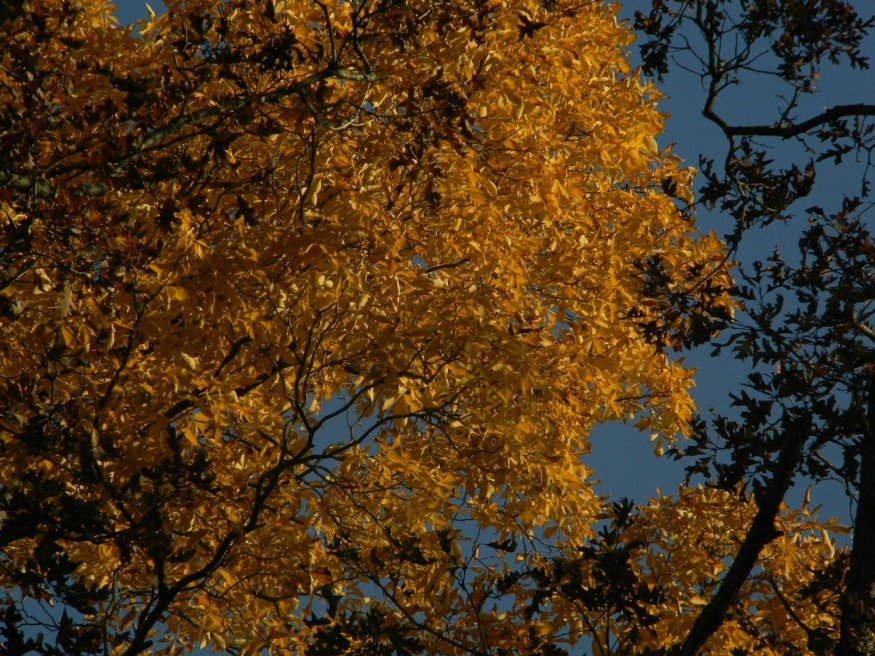Hickory trees are known for being tough and durable, belonging to some of the world's most long-lived plants. The term "hickory" is not a single tree species but a common name attributed to trees belonging to the genus Carya; which consists of a total of 18 species. While they can be found in different parts of the world, 12 species are native to the United States and two species in Canada.
In North America, species belonging to the hickory tree genus are one of the most significant hardwood trees. This is because the wood material of different hickories is used for various purposes like fuel, tool handles, furniture, flooring, and sports equipment. In terms of wildlife and natural ecosystems, the nuts of hickory trees are edible for many wild animals, including birds and mammals.
What are Hickory Trees?

Hickory trees have unique traits such as having dark gray or brown bark color that set them apart from maples, conifers, and other flora. In addition, hickory tree leaves are compound, meaning they consist of many smaller leaves on one stem in an alternate pattern with a leaf at the tip. While individual hickory species have different traits, they all start with the said colors before exfoliating.
Botanists describe these trees as wind-pollinated or their pollens are transported by wind. This means that hickory flowers do not need attractive petals to lure insect pollinators. Furthermore, hickory trees are a good food source for both pollinators and wildlife. Experts consider the hickory tree as a vital component in maintaining biodiversity, especially in North American forests.
Below are some of the species or types of hickory trees found in North America:
- Shellbark hickory tree (Carya Laciniosa)
- Shagbark hickory tree (Carya ovata)
- Southern shagbark hickory tree (Carya carolinae-septentrionalis)
- Pignut or black hickory tree (Carya glabra)
- Pecan hickory tree (Carya illinoinensis)
- Mockernut hickory tree (Carya tomentosa)
- Bitternut hickory tree (Carya cordiformis)
- Water hickory (Carya aquatica)
How Can You Tell a Hickory Tree?
Hickory trees, as said earlier, can be distinguished from other plants, through the color of their "hickory bark." However, hickory leaves and hickory seeds are also significant indicators to tell apart a hickory tree from another sapling. According to the Missouri Department of Conservation (MDC), there are two groups of hickories: true hickories and pecan hickories.
True hickories belonging to the Carya genus have mostly five to seven leaflets and have large egg-shaped buds at the end of their twigs. Meanwhile, pecan hickories have more than seven sickle-shaped leaflets, and their terminal buds are elongated and flattened, the MDC describes. In Missouri, there are nine hickory tree species that naturally grow in the state.
Black hickory, mockernut hickory, and shagbark hickory are under true hickory. On the other hand, bitternut hickory and water hickory fall under pecan hickories, the Missouri state agency adds.
© 2025 NatureWorldNews.com All rights reserved. Do not reproduce without permission.





